A design perspective of an IR beam barrier and proximity detector
DOI: 10.23977/dtae.2019.11001 | Downloads: 47 | Views: 6437
Author(s)
Minabai M. IGWELE 1, Righteous E. OMBU 2, Oritsebemigho ULORI 2
Affiliation(s)
1 Department of Physics, Niger Delta University, Wilberforce Island, Bayelsa State
2 Department of Physics with Electronics, Federal Polytechnic, Ekowe, Bayelsa State
Corresponding Author
Minabai M. IGWELEABSTRACT
An inexpensive infrared beam barrier and proximity detector has been designed and analyzed using solid state discrete components. The result showed that a security system using infrared technology is possible and viable where the breaking of an infrared signal by objects including humans passing or wandering within restricted premises can be effectively monitored. The design was achieved with the help of IR Module and LEDs, a 555IC timer which oscillates at about 38kHz, a regulating IC which regulates a 9V dc to 5V, transistors, and variable resistors that contribute to the strength of the IR signal generated together with some other passive components. The completed device designed only requires an external power supply when the relay is to be used in triggering an external alarm or switching of bulbs. The design results also showed that the 555IC timer can be used to produce accurate timing ranging from microseconds to hours if the variable resistors can be reduced while the capacitors across it is increased. More so, it was evident from this study that the infrared which has a very small wavelength in micrometers as recorded in the electromagnetic spectrum, can be optimized to travel farther distances of over 250cm.
KEYWORDS
Infrared (IR), Beam Barrier, Proximity Detector, Security, Signal, Switching, 555IC TimerCITE THIS PAPER
Minabai M. IGWELE, Righteous E. OMBU and Oritsebemigho ULORI, A design perspective of an IR beam barrier and proximity detector. Financial Engineering and Risk Management (2019) 1: 1-10. DOI: http://dx.doi.org/10.23977/dtae.2019.11001.
REFERENCES
[1] Sabatini, V. Genovose, E. Guglielmelli, A. Mantuano, G. Ratti, and P. Dario,“A low-cost, composite sensor array combining ultrasonic and infrared proximity sensors,” International Conference on Intelligent Robots and Systems, Pittsburgh, Pennsylvania, vol. 3, August 1995, pp. 120-126.
[2] B.L. and B.K. Theraja,A Textbook of Electrical Technology, first multicolour edition, Revised by S.G. Tarnehar, S. Chand, New Delhi 2005, pp. 2168-2172, 2472-2479
[3] B.R. Gupta and Vandana Singhal, Fundamentals of Electrical Networks, S. Chand, pp. 145-187.Fraden, J., Handbook of Modern Sensors. 1996: Springer-Verlag.
[4] G. Benet, F. Blanes, J.E. Simo, P. Perez, “Using infrared sensors for distance measurement in mobile robots,” Journal of Robotics and Autonomous Systems, vol. 10, 2002, pp. 255-266.
[5] H. Neckel, and D. Labs, The Solar Radiation Between 3300 and 12500 A. Solar Physics, 1984, 90, pp. 205-258.
[6] K. Hinckley, M. Sinclair,Touch-Sensing Input Devices, CHI'99, pp. 223-30. International Journal of Multimedia and Ubiquitous Engineering Vol. 4, No. 4, October, 2009, pp. 52.
[7] K.A. Krishnamurthy and N.R. Raghuveer, Electrical, Electronics and Computer Engineering for Scientists and Engineers, 2nd Edition, New Age International Publishers, 2001, pp. 265-315.
[8] Ken Hinckley, Jeffrey S. Pierce, Mike Sinclair, and Eric Horvitz. Sensing techniques for mobile interaction. In UIST, pp. 91–100 and 2000.
[9] L.W. Abreu, and G.P. Anderson, (Eds). Technical report on MODTRON 2/3 and LOWTRAN 7, Website: http://imk-msa.fzk.de/msa-public/software-tools/modtran/science/low-mod-comp.htm, 26 January 2005.
[10] Microsoft ® Encarta ® 2009. © 1993-2008 Microsoft Corporation. All rights reserved.
[11] N. Subrahmanyam, Brij Lal and M.N. Avadhanulu, A Textbook of Optics, 1st Multicolour Edition, S. Chand, 2006, pp. 253-259.
[12] R. Goody, Atmospheric Radiation, Oxford University Press, Oxford, 1964.
[13] R.A. McClatchey, et al.Optical Properties of the Atmosphere. US Airforce, Hanscom, Massachussetts, 1972. AFRL-72-0497.
[14] R. Murugeshan and Kiruthiga Sivaprasath, Modern Physics, 13th Multicolour Edition, S. Chand, pp. 718-726, 858-860.
[15] Silicon labs, http://www.silabs.com/mcu
| Downloads: | 47 |
|---|---|
| Visits: | 6437 |
Sponsors, Associates, and Links
-
Information Systems and Signal Processing Journal
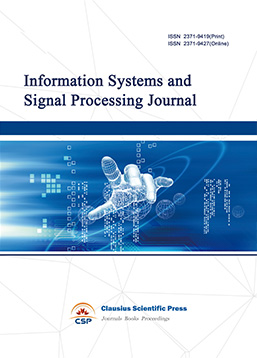
-
Intelligent Robots and Systems
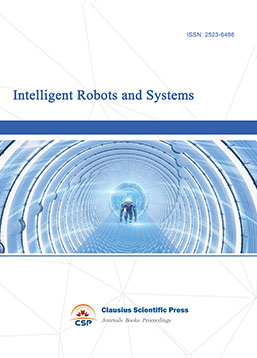
-
Journal of Image, Video and Signals
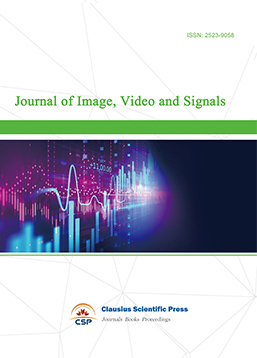
-
Journal of Electronics and Information Science
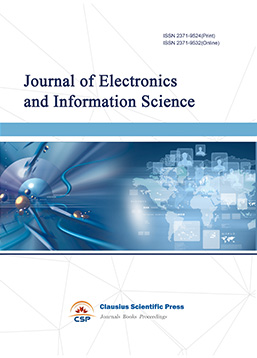
-
Transactions on Real-Time and Embedded Systems
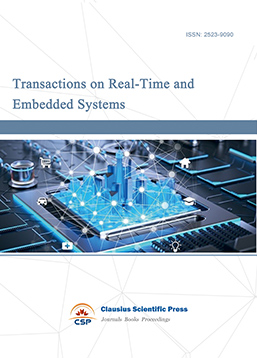
-
Journal of Electromagnetic Interference and Compatibility
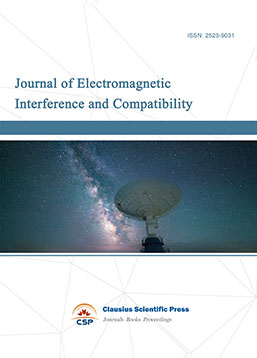
-
Acoustics, Speech and Signal Processing
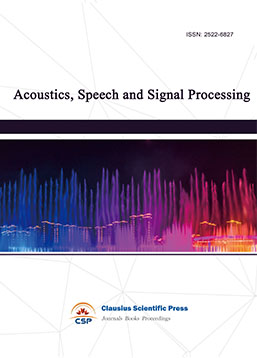
-
Journal of Power Electronics, Machines and Drives
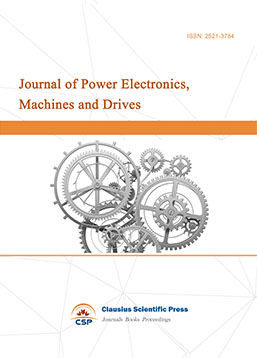
-
Journal of Electro Optics and Lasers
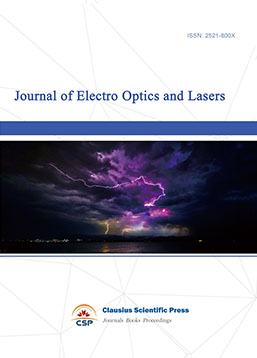
-
Journal of Integrated Circuits Design and Test
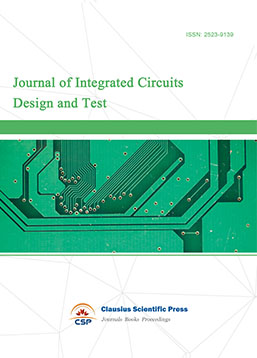
-
Journal of Ultrasonics
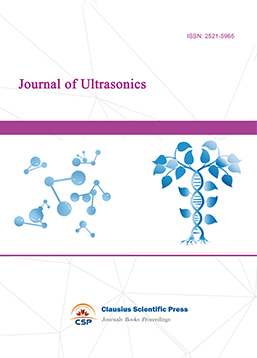
-
Antennas and Propagation
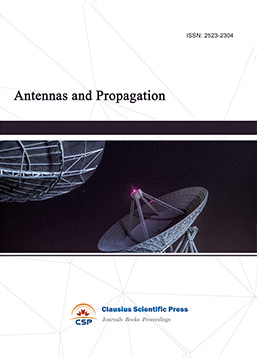
-
Optical Communications
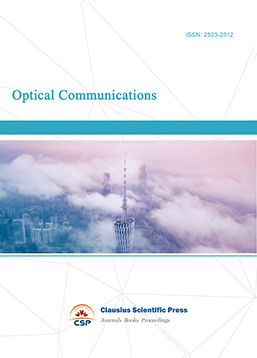
-
Solid-State Circuits and Systems-on-a-Chip
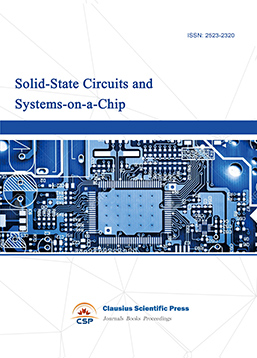
-
Field-Programmable Gate Arrays
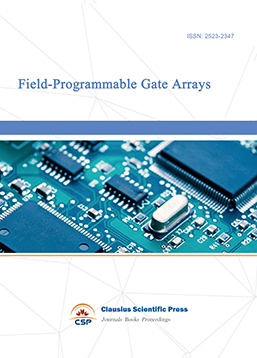
-
Vehicular Electronics and Safety
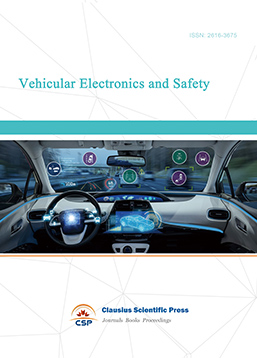
-
Optical Fiber Sensor and Communication
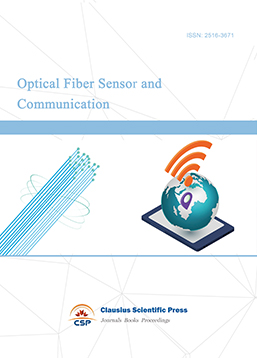
-
Journal of Low Power Electronics and Design
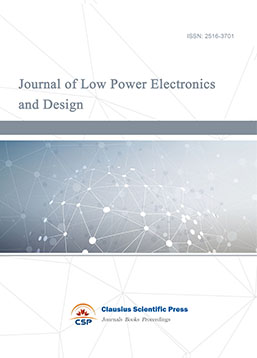
-
Infrared and Millimeter Wave
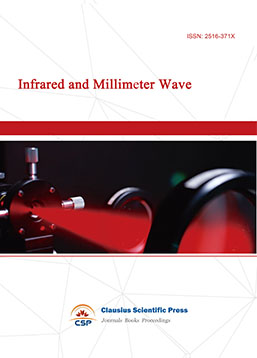
-
Journal of Radio and Wireless
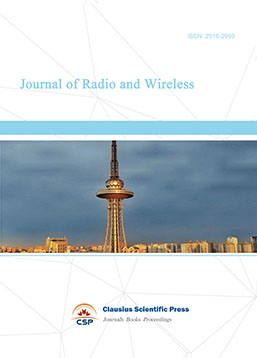
-
Journal of Microwave and Terahertz Engineering
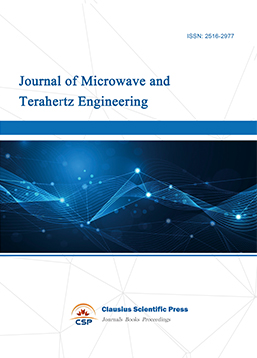
-
Journal of Communication, Control and Computing
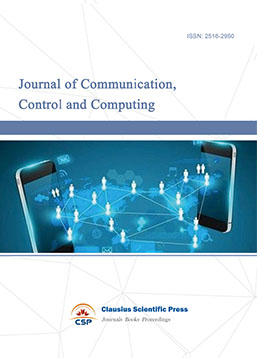
-
International Journal of Surveying and Mapping
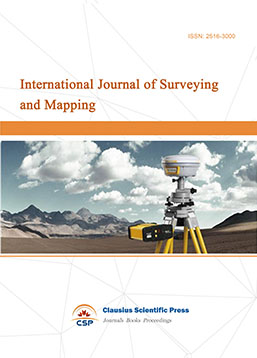
-
Information Retrieval, Systems and Services
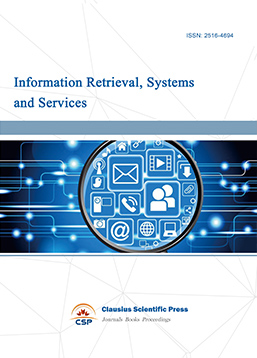
-
Journal of Biometrics, Identity and Security
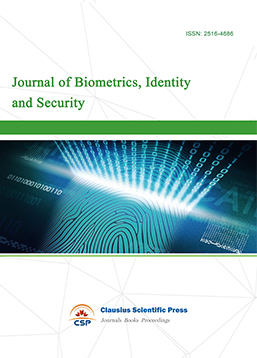
-
Journal of Avionics, Radar and Sonar
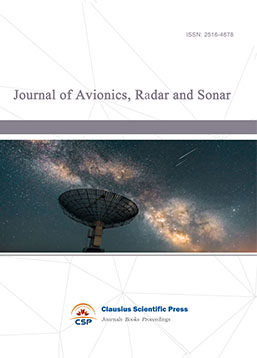

 Download as PDF
Download as PDF